Conversations from ESMO Targeted Anticancer Therapies Congress 2024
Drug Discovery World
MARCH 26, 2024
Additional approaches, such as profiling of RNA and proteins, and the use of artificial intelligence (AI), could be key to providing a more comprehensive picture of a patient’s tumour and enable the use of optimised treatments. MT: Why was STORM attending the conference? We were there to present the latest findings from our research.


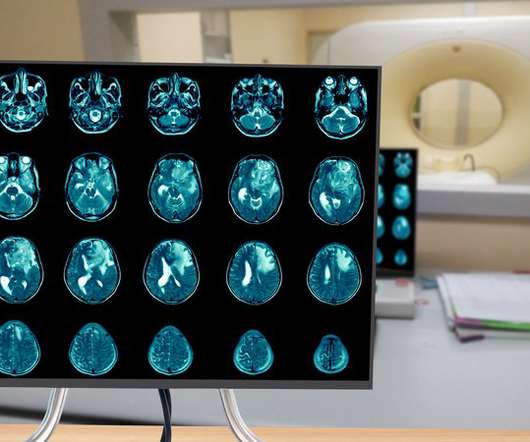


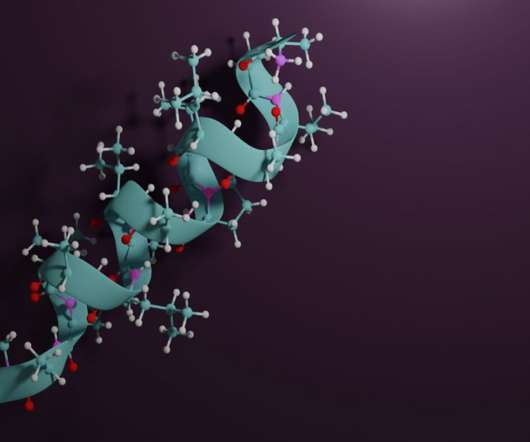

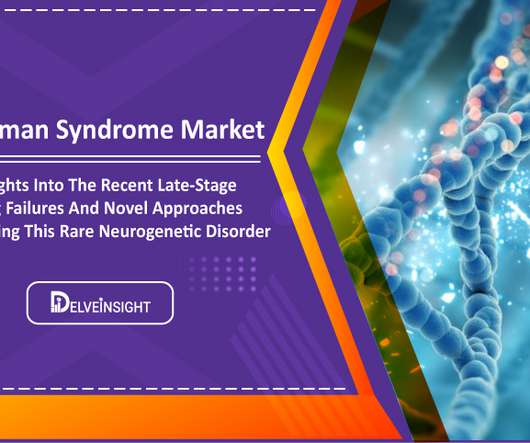
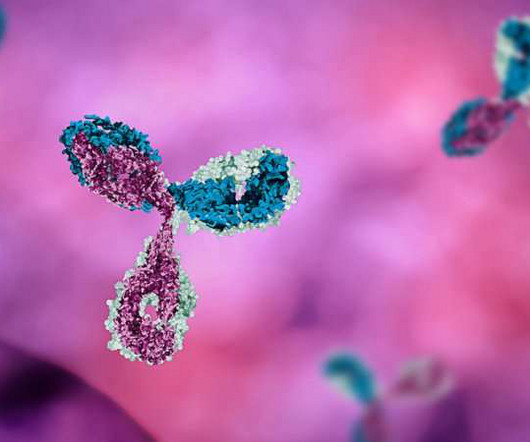





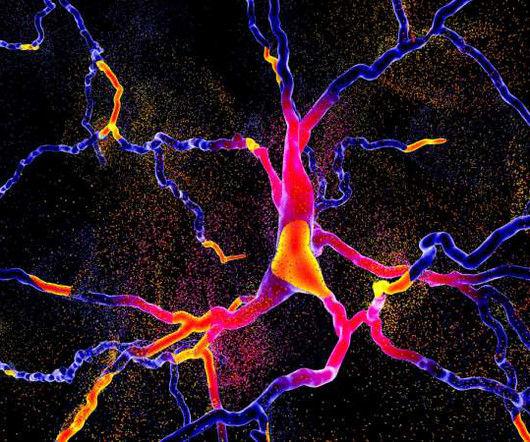
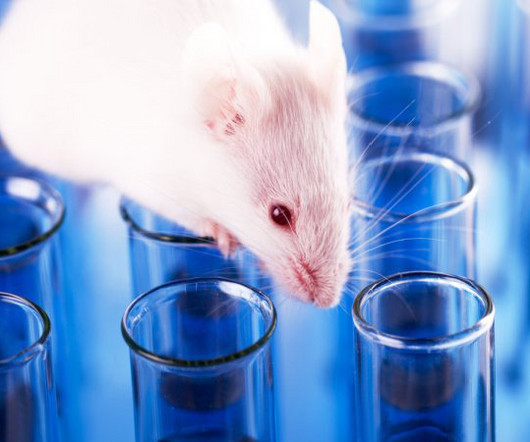







Let's personalize your content